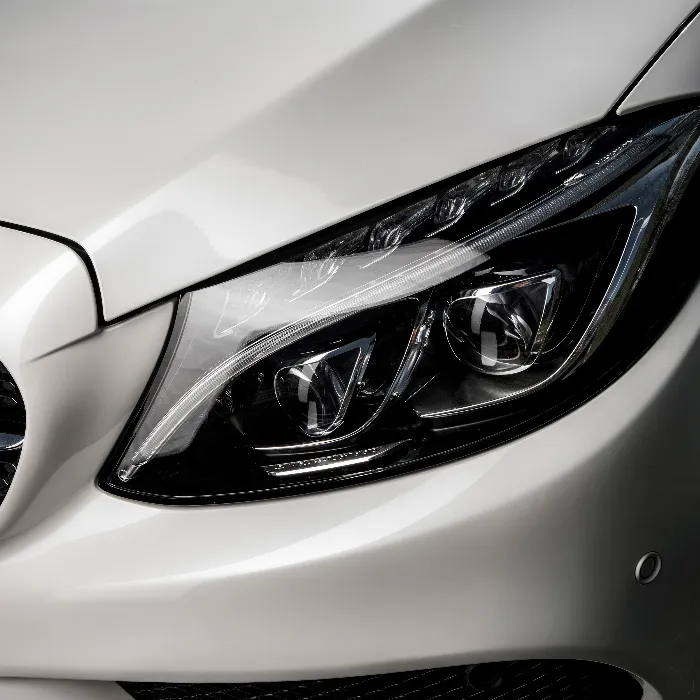Automotive photography offers an exciting opportunity to capture the beauty and design of vehicles. While many photographers have perfected their technique, the key to impressive images lies in the proper positioning of the car and the composition of the shot. In this guide, you will learn how to improve your composition using the three-quarter shot and additional tips.
Main insights
- The choice of location is crucial for the impact of the image.
- The three-quarter shot is a proven technique in automotive photography.
- The focal length affects how the car is presented in the image.
- The height from which you photograph the car influences its perception.
Step-by-step guide
To achieve the best results in automotive photography, follow these steps:
First, outline the frame for your composition. Make sure the car is clean and position it so you can try different angles for the shot. Take the camera in your hand – not on the tripod – and take a walk around the car. This allows you to experiment with various perspectives.
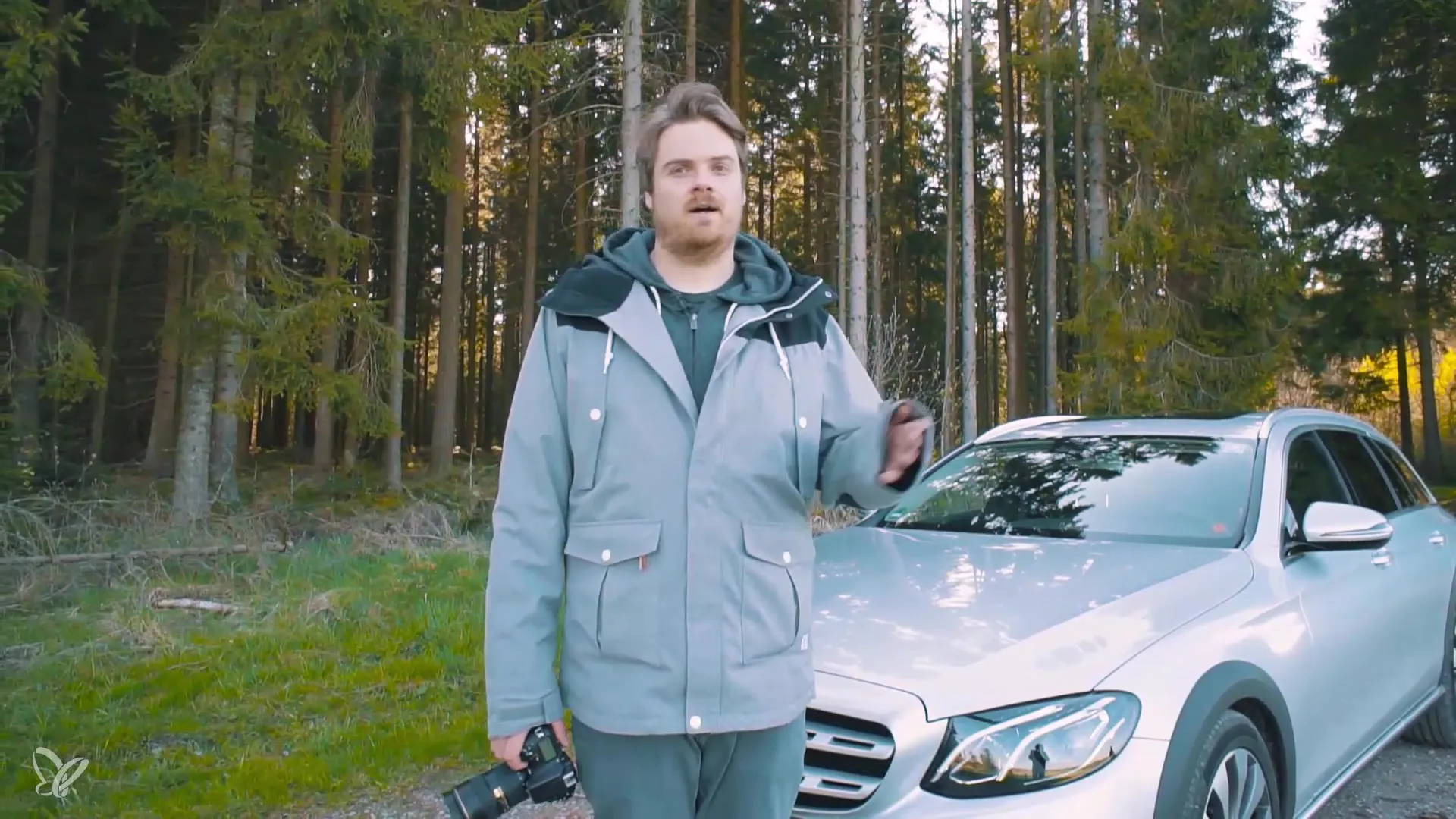
Analyze the proportions of the vehicle and decide which model you want to photograph. It's important to consider the characteristic features of the car, such as the pronounced wheel arches in SUVs. Continue walking around the car to get a comprehensive view of it.
Choose a reference point for the first shot. For example, you might decide to photograph the car head-on or from the side. A proven method in automotive photography is the three-quarter shot. Stand at a 45° angle to the vehicle axis and take a few steps forward to test different compositions.
The choice of composition is important. You should keep the golden ratio in mind and aim to capture two-thirds of the car from the side and one-third from the front. Complete this image by paying attention to how the lines flow to achieve the best possible composition.
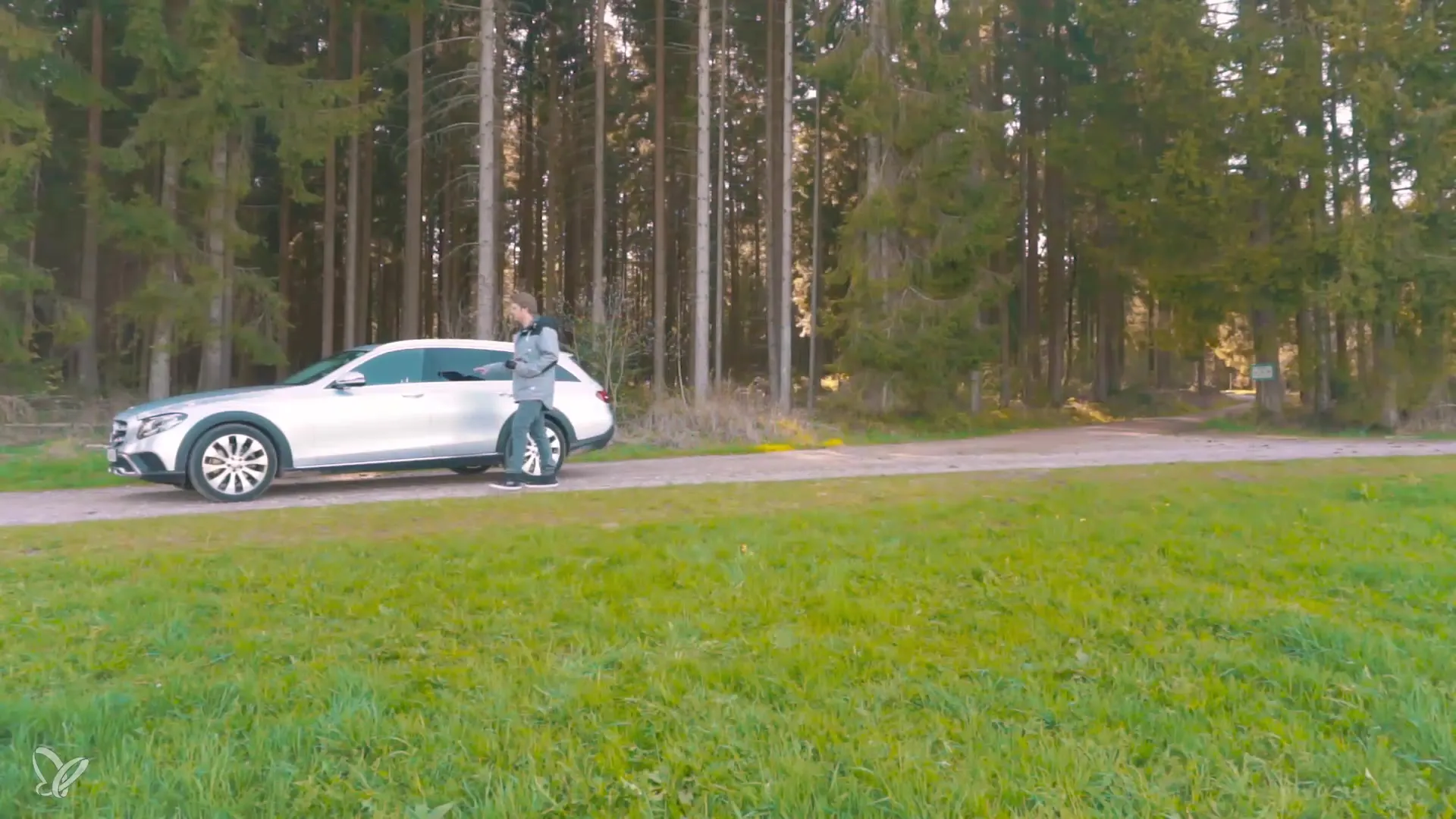
Ensure that the car's position remains consistent. If the light changes during your shoot, be prepared to reposition the vehicle as needed.
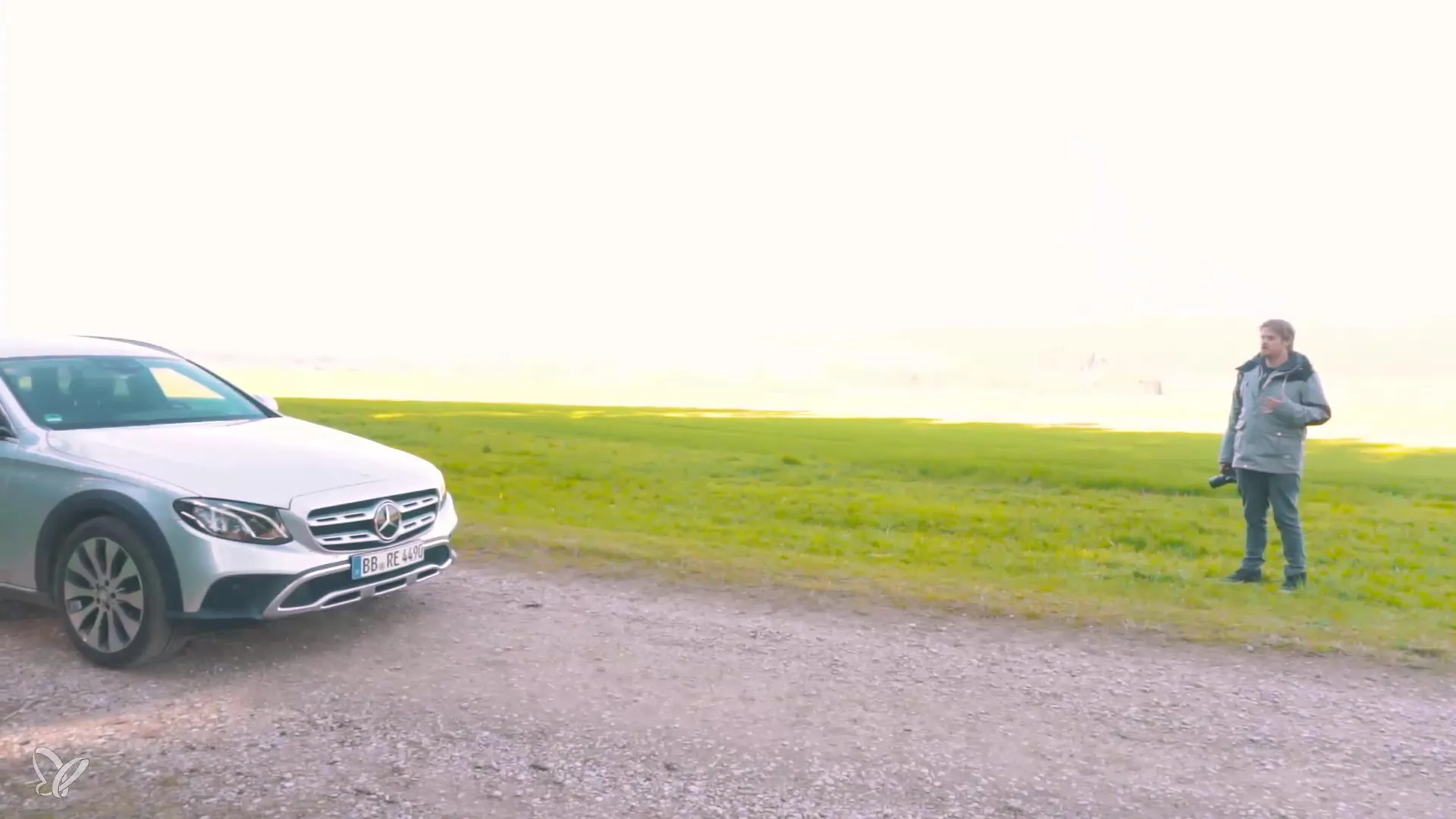
A crucial factor is the focal length of your camera. Try to set the focal length to at least 35 mm. Using 24 mm can cause distortions at the edges of the image, which can lead to an unwanted effect. Ideally, you should also test the image at 50 mm.
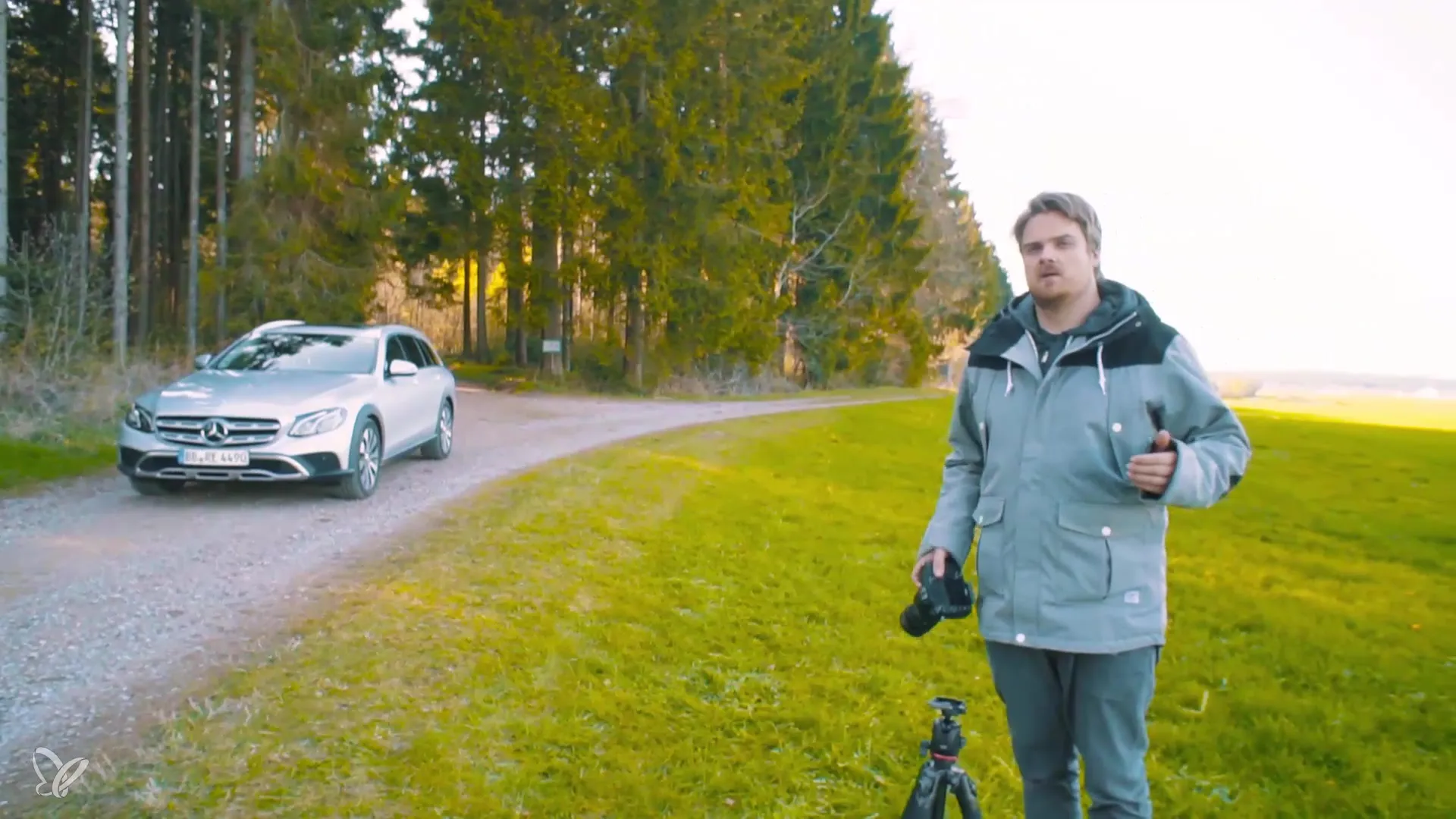
Photograph the vehicle from different heights. The camera position has a dramatic impact on how the car is portrayed. A lower camera height works well for sporty vehicles, while for larger SUVs, a slightly higher perspective is chosen to emphasize the vehicle line. Experiment with different heights and take test shots.
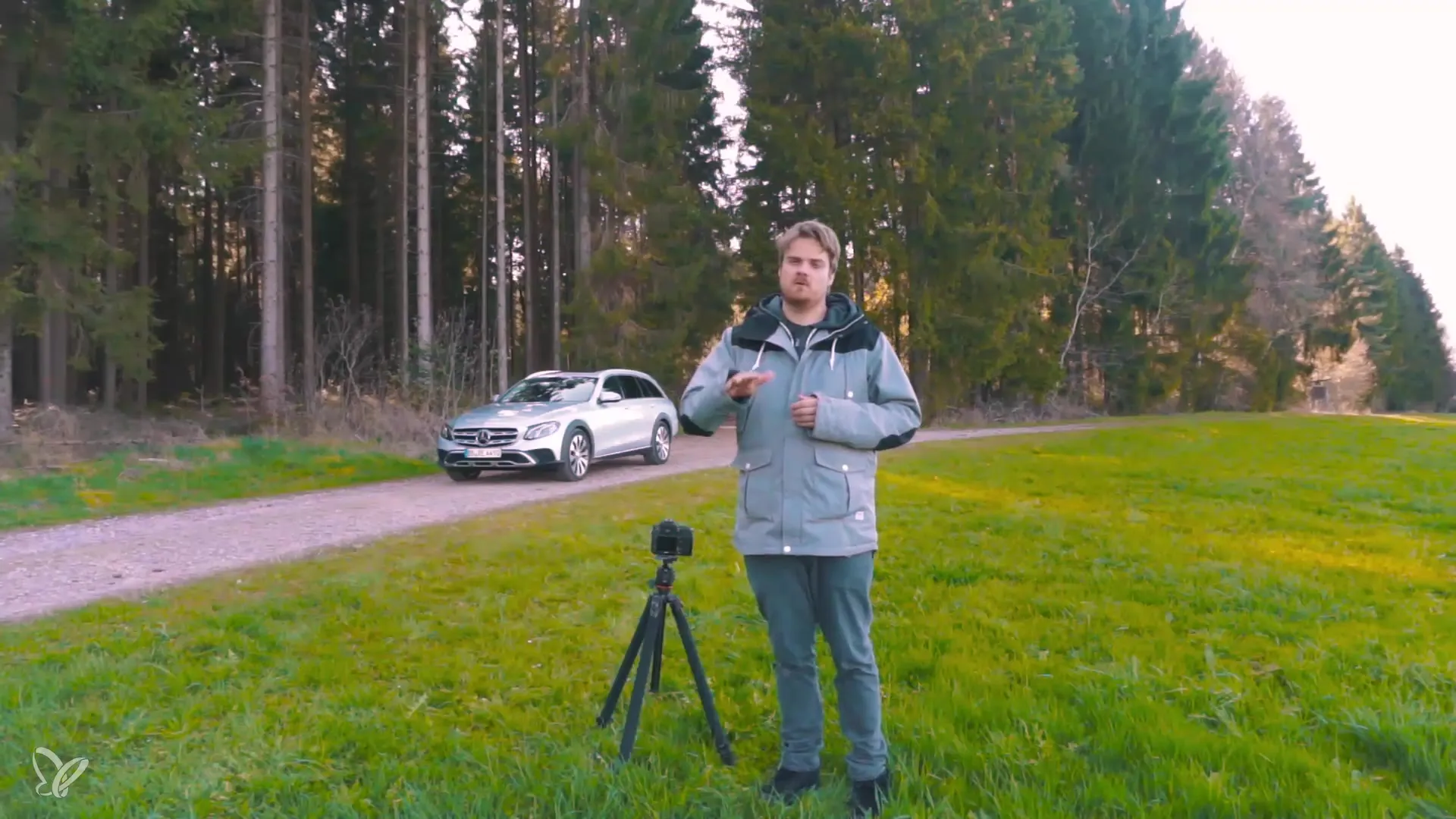
After taking various shots, analyze the images in the viewfinder. During this selection process, choose the best composition and, if necessary, adjust the camera height for a dynamic composition.

Finally, use a good tripod for the final shots and ensure the image remains stable with a good ball head. Take one last check shot to make sure everything looks as you envisioned.
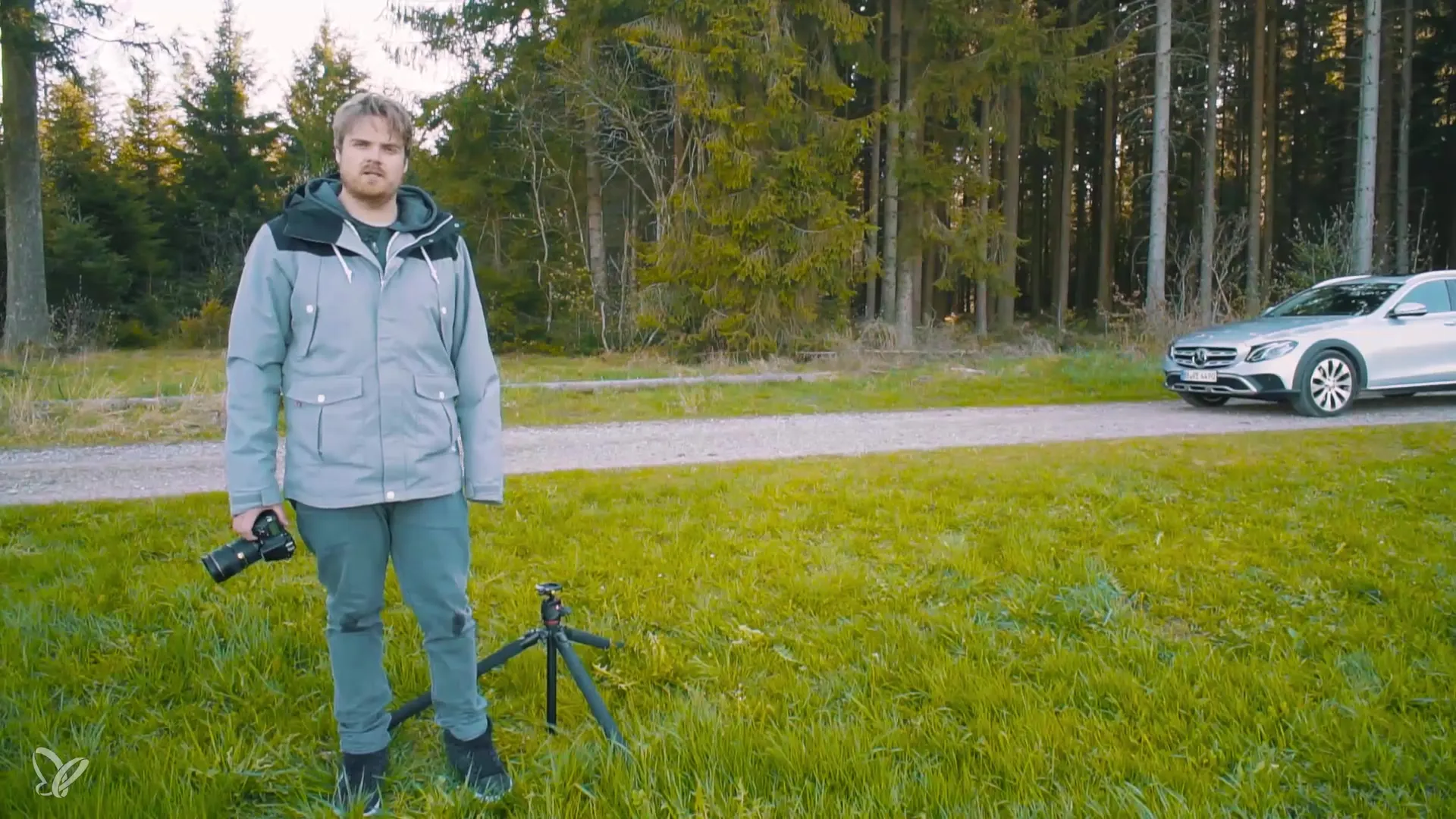
Summary – Getting Started in Automotive Photography: Positioning and Composition
This guide has provided you with valuable tips to improve the positioning of the car and the composition in automotive photography. The choice of optimal composition, differences in height, and the targeted use of the three-quarter shot will help you achieve impressive shots and a better understanding of the art of automotive photography.
Frequently Asked Questions
How should I position the car?Position the car in a clear environment and pay attention to the lighting conditions.
Why is the three-quarter shot important?The three-quarter shot provides an attractive perspective that shows both the front and side of the vehicle.
What focal length do you recommend for automotive photography?A focal length between 35 and 50 mm is best to avoid distortions.
How can I effectively use the height of the camera?The camera height influences the perception of the vehicle; lower heights emphasize sporty designs, while higher perspectives reinforce massive vehicles.
How can I improve my image during the shoot?Pay attention to the golden ratio and test various perspectives and compositions to achieve the best image effect.
